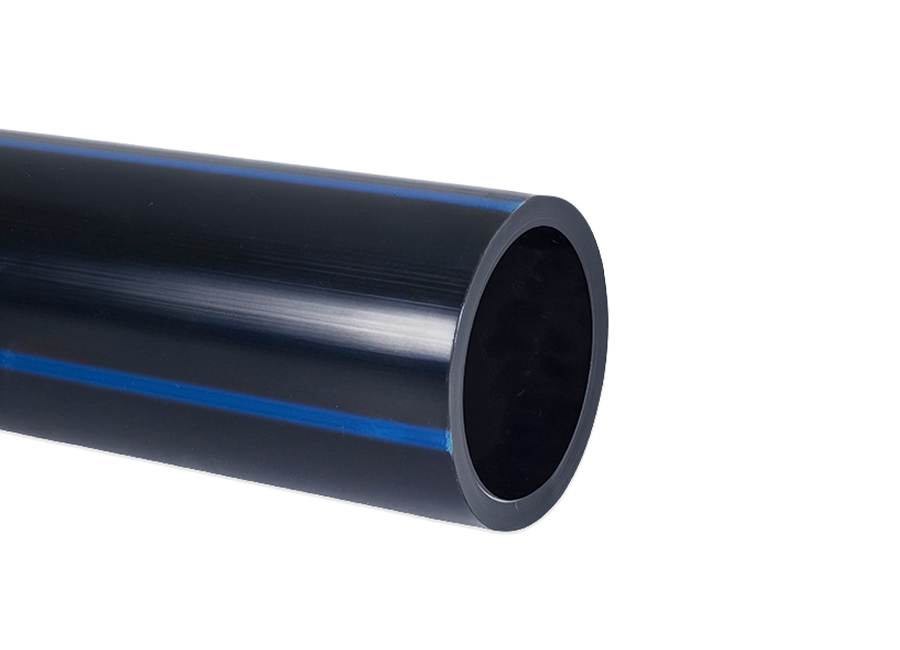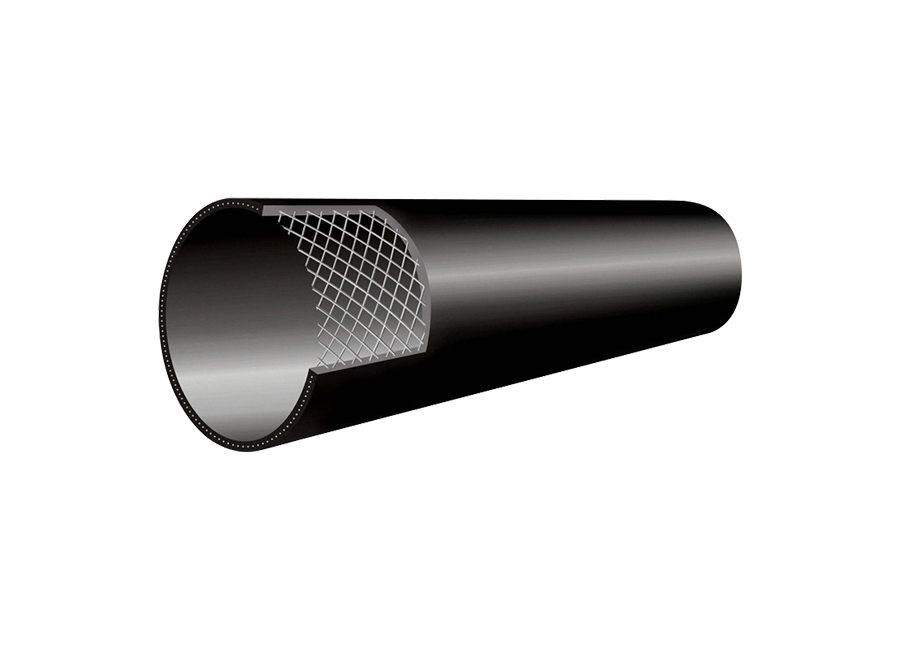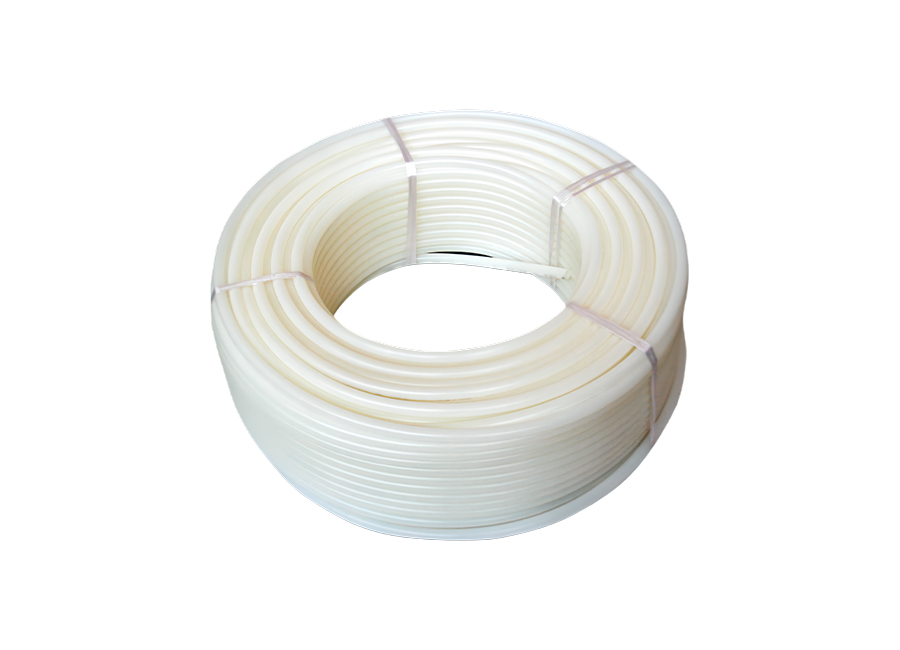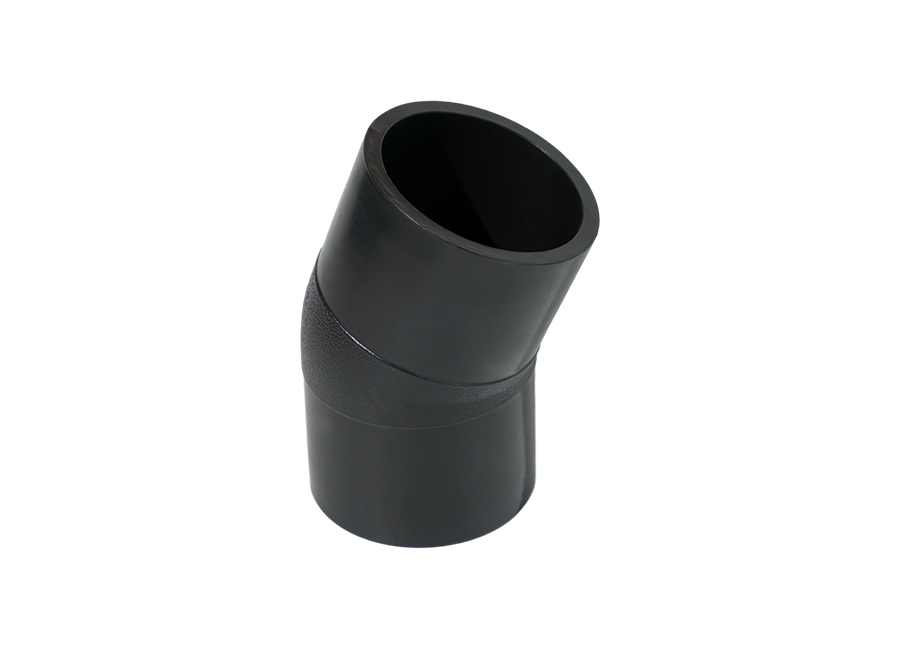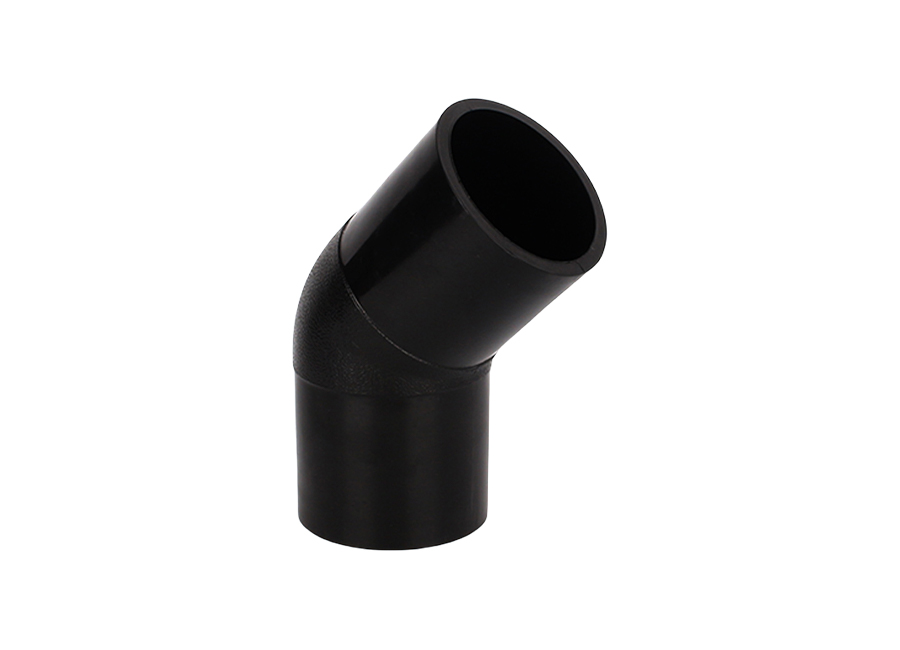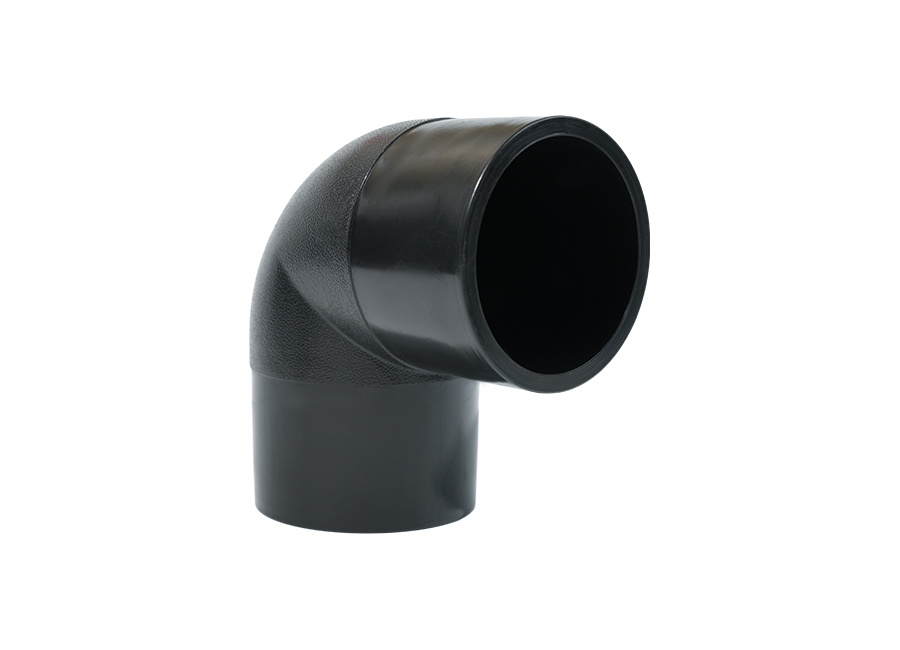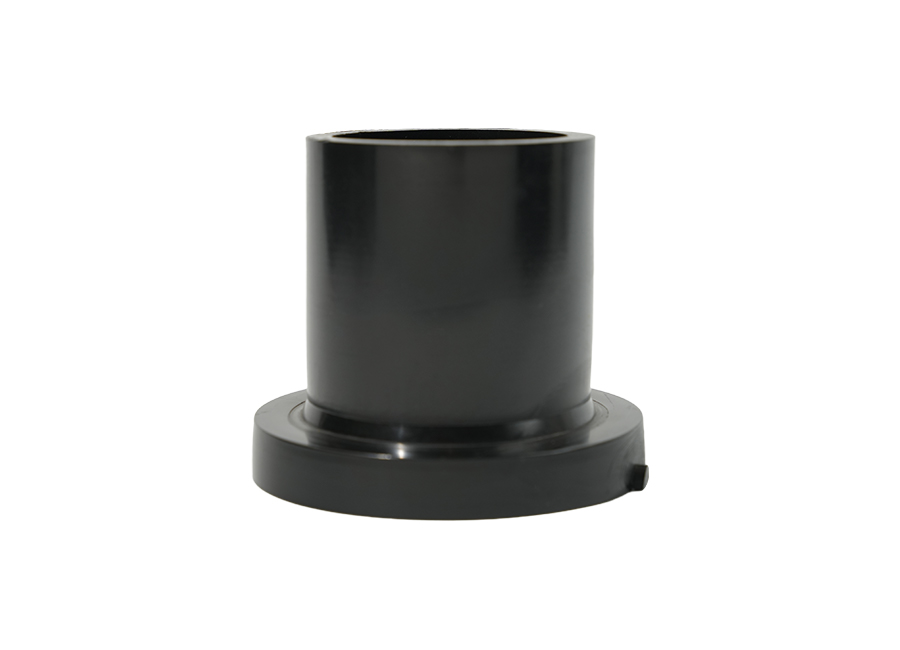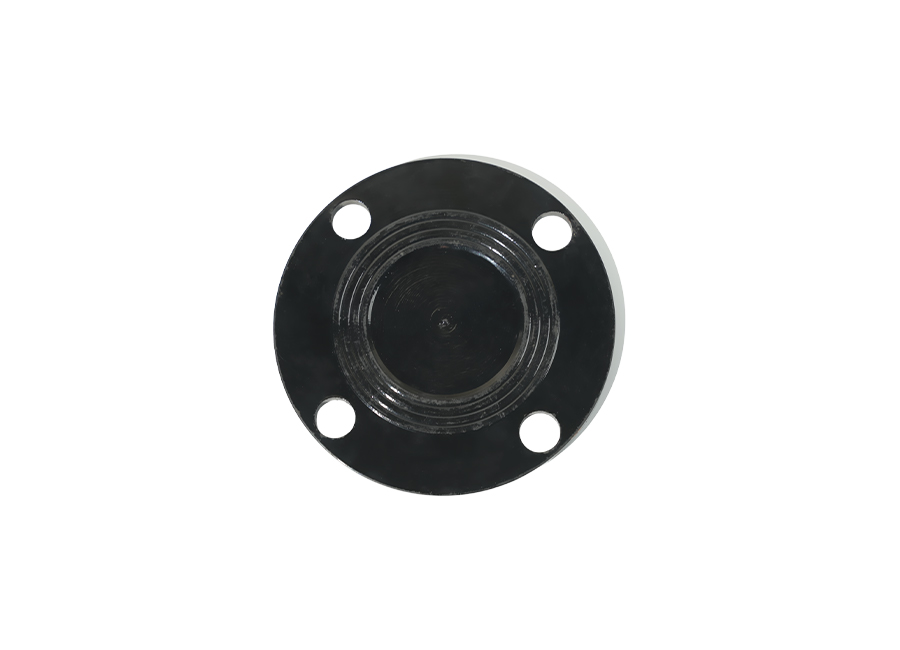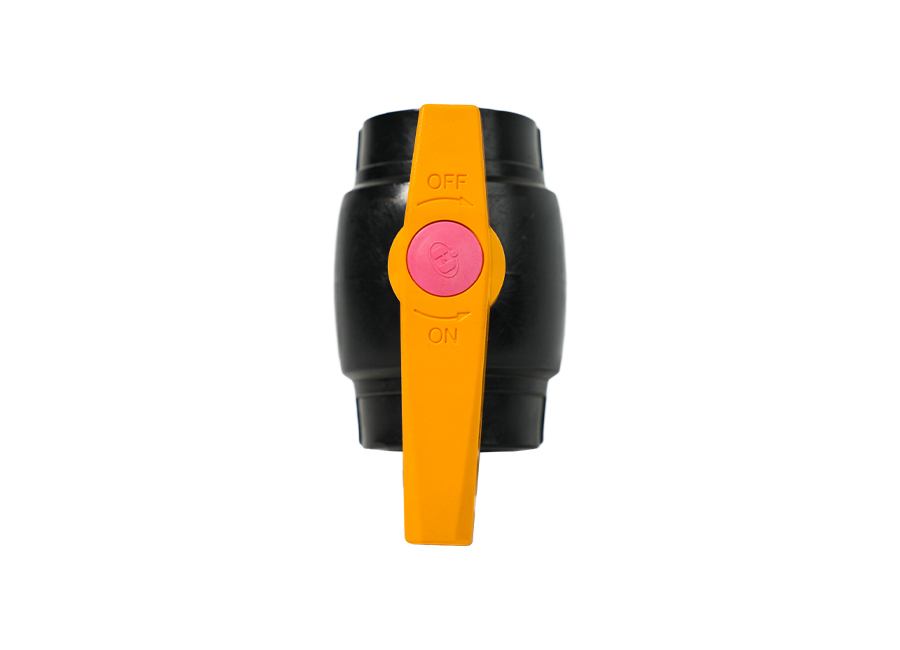Content
1.Three Core Challenges of Winter Construction
Increased Material Brittleness
PE pipe loses flexibility at low temperatures (<5°C), making it prone to microcracks (especially comparing PE80 and PE100).
Reduced Hot Melt Welding Efficiency
Ambient temperature affects the heat transfer efficiency of the heating plate, requiring extended heating time (time compensation calculation based on a standard 210±10°C).
Uneven Cooling Crystallization
Rapid cooling disrupts the molecular chain arrangement, creating internal stress concentration areas (infrared thermal imaging inspection example).
2. PE Pipe Winter Maintenance Guide: Key Measures to Prevent Frost Cracks and Ensure Operation
Core Risks of PE Pipe Systems in Winter
Frost Heave Damage
Water expands by 9% when frozen, causing microcracks in the pipe (especially PE80 pipe, where the impact toughness decreases by 40% at -30°C).
Increased Joint Leakage
Hot Melt Welds Temperature cycling causes stress concentration, and the leakage rate is 3-5 times higher than in summer.
Emergency Response Plan
Frozen Pipe Thawing Process
Step-by-Step Heating: 5°C → 15°C → 25°C (each step ≥ 2 hours)
Do not use open flames for direct heating (the thermal conductivity of PE pipe is only 0.42 W/m·K)
Quick Leak Repair
Temporary Solution: Stainless Steel Half Clamp (applicable to DN50-400mm)
Permanent Repair: -15°C Specialized Electric Fusion Sleeve (preheated to above 10°C)
3. Maintenance Inspection Points
Weekly Inspection Items
Insulation Integrity (Infrared Thermal Imaging)
Heating Cable Insulation Resistance (≥ 1MΩ)
Water Depth in Valve Well (≤ 10cm)
Monthly Special Inspections
Ultrasonic Thickness Measurement (focus on the shaded pipe wall)
Weld DR Digital Imaging (30% higher detection rate than X-rays)
4. PE pipe fittings (polyethylene pipe fittings) FAQ
- Can PE fittings be used in gas pipelines?
A:
Yes, but the following conditions must be met:
Fittings must comply with GB 15558.2
Use yellow PE fittings (industry logo)
Welders must hold a gas PE welder certificate
A post-installation airtightness test (soap water leak test + pressure test) is required
Prohibited applications:
Liquefied petroleum gas (LPG) pipelines (requires steel fittings)
High-temperature steam pipelines (>60°C)
- How do you connect PE fittings to steel pipes?
A:
Recommended methods:
Steel-plastic flange connection
Electrofusion flange or thermal fusion flange on the PE end
Slip-on flange (PN16) on the steel end
Add an EPDM gasket in between
Threaded adapter (small diameters ≤DN63 only)
Socket-spigot thermal fusion on the PE end
Internal or external threads on the steel end
Notes:
Due to significant differences in thermal expansion coefficients between materials, expansion joints may be required to compensate.
Connections require anti-corrosion treatment (e.g., plastic coating).
- What is the service life of PE fittings? A:
Underground installation: Over 50 years (no direct sunlight, no chemical corrosion)
Open-air installation: 20-30 years (requires UV protection)
Chemical pipelines: 10-15 years (requires regular inspection)
Factors affecting lifespan:
Ultraviolet radiation (requires black or carbon black pipe fittings)
Frequent pressure fluctuations (buffer tanks are recommended)
Corrosive media (such as strong acid or alkaline environments)
- How should PE pipe fittings be properly stored?
A:
Temperature: -5°C to 40°C (avoid freezing and direct sunlight)
Stacking: Store flat, ≤1.5 meters high. Do not stack electric fusion pipe fittings.
Dust prevention: Keep packaging bags sealed to prevent sand from entering the connectors.
Rodent prevention: Place rodent repellent in the warehouse.
Storage period:
Unopened pipe fittings: ≤5 years
Opened pipe fittings: ≤2 years (requires re-inspection)
- Can PE pipe fittings be recycled? A:
Recyclable, but with restrictions:
Limited to PE100 or PE80 recycled materials of the same material.
Addition ratio ≤ 30% (recycled materials are prohibited in critical projects).
Must re-pelletize and undergo melt index testing (MFI change ≤ 15%).
Recycling Process:
Crushing → Cleaning → Melt granulation → Add antioxidant → Injection molding

 English
English 中文简体
中文简体 русский
русский عربى
عربى


